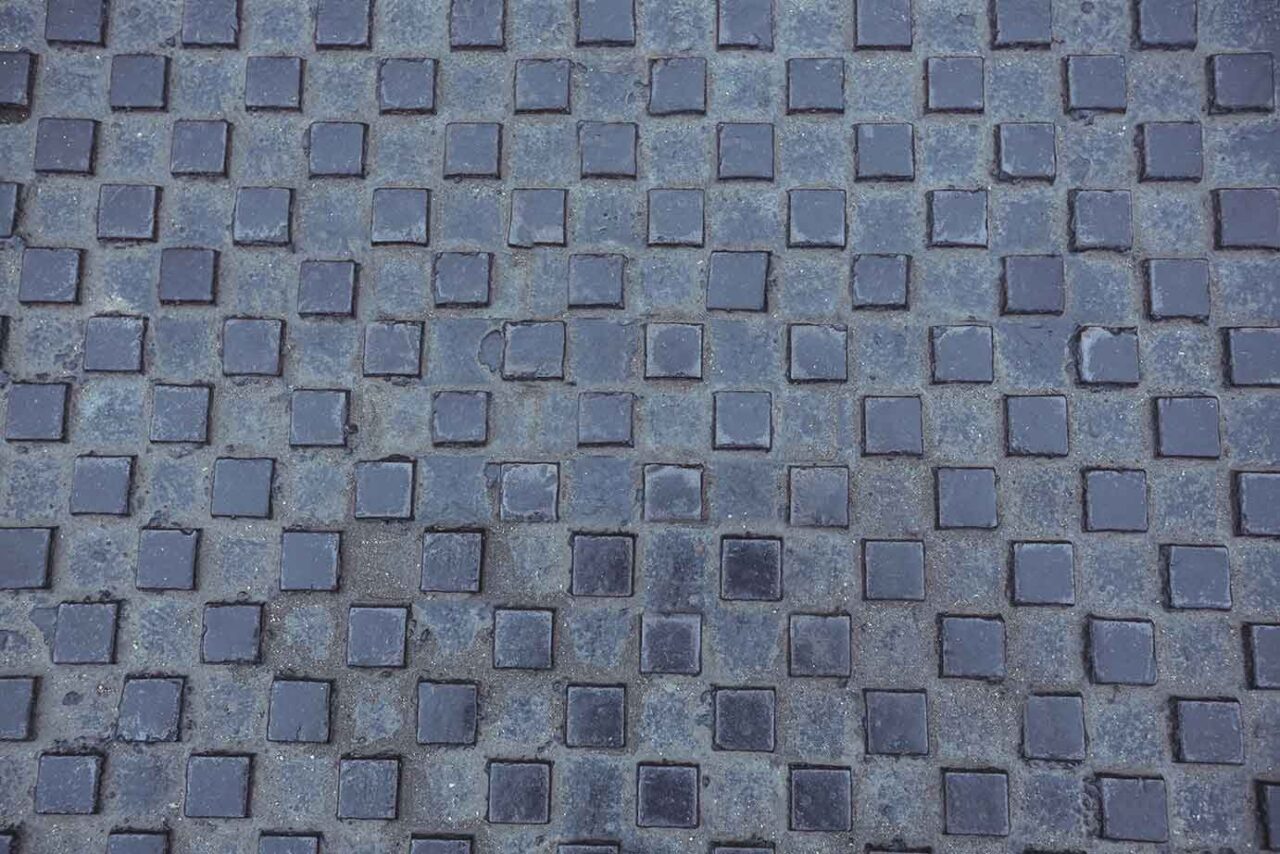Introduction
Both experts and individuals have differing opinions on the merits of using larger or smaller pavers in landscaping projects. Pavers are available in various sizes, from large 12-inch squares to tiny bricks, each with distinct properties and uses. A crucial choice that can significantly impact any landscape project’s appearance, usability, and affordability is the size you should employ.
In this thorough guide, we will examine the benefits and drawbacks of bigger and smaller pavers, the situations in which each shines, and offer crucial maintenance advice to preserve the strength and beauty of your paver installation.
More Extensive or Smaller Pavers: A Comparative Analysis
Before diving into the specifics of each paver size, it’s essential to understand the fundamental differences between larger and smaller pavers and how these distinctions can influence your landscaping project.
Smaller Pavers
Smaller pavers, typically resembling bricks or small tiles, offer several advantages:
Design Flexibility: Smaller pavers provide greater design flexibility, making them an ideal choice for intricate patterns, curved designs, and areas with tight spaces. Their compact size allows for creativity and detail in your landscaping.
Ease of Installation: These pavers are lighter and easier to handle during installation, reducing labor costs and the physical strain of more significant, heavier alternatives.
Ease of Replacement: In case of damage, smaller pavers are more straightforward to replace individually. You won’t need to lift large and heavy pieces to address issues.
Cost-Effectiveness: Smaller pavers require fewer materials than larger ones to cover the same area, making them a budget-friendly option for your project.
Less Base Material: Due to their smaller surface area, these pavers demand less base material during installation, contributing to cost savings.
Higher Load Capacity: Surprisingly, smaller pavers can support a more substantial load due to their impressive strength-to-weight ratio. This feature is precious for areas with furniture or vehicle traffic.
Larger Pavers
Larger pavers, often resembling sizable squares or rectangular slabs, have their unique set of advantages:
Coverage Efficiency: Larger pavers shine when your primary goal is to cover a large area quickly and cost-effectively. Fewer pavers are required to protect the duplicate square footage compared to smaller options.
Dramatic Aesthetic Impact: Large pavers create a visually striking and impressive look in any outdoor space. Their grandeur lends an air of elegance and sophistication to your landscaping.
Lower Maintenance: Larger pavers typically require less maintenance than their smaller counterparts, making them an excellent choice for households seeking minimal upkeep.
Even Terrain: In such circumstances, they are swiftly and simply fitted.
Low-Traffic locations: Due to their size and weight, more extensive pavers are excellent for low-traffic areas where their load capacity constraints are not an issue, such as entryways or patios.
Project Scope: Assess the size of the area you intend to pave. Larger pavers offer efficiency for expansive spaces, while smaller pavers cater to detailed designs in more confined areas.
Aesthetic Goals: Consider the desired aesthetic impact. Larger pavers are the way to go if you seek a dramatic, exquisite appearance. For intricate patterns and artistic designs, opt for smaller pavers.
Maintenance Preferences: Evaluate your willingness and capacity for ongoing maintenance. Larger pavers may be the better choice if you prefer a low-maintenance solution.
Terrain Characteristics: Examine the terrain’s flatness and evenness. If your area is perfectly level, larger pavers can be installed swiftly. In contrast, uneven terrain may favour smaller pavers, which are more adaptable.
Traffic Intensity: Gauge the foot or vehicle traffic level your paved area will endure. Smaller pavers offer higher load capacity, making them suitable for areas with heavy use.
In summary, no one-size-fits-all answer regarding selecting larger and smaller pavers exists. Your decision should align with your project’s requirements and vision for the finished landscaping.
Maintaining Your Pavers for Longevity
Once your pavers are installed, proper maintenance is crucial to preserving their appearance and functionality. Follow these essential maintenance tips to ensure your paver installation stands the test of time:
Regular Cleaning: To prevent dirt, grime, and debris from settling into the joints and surfaces of your pavers, employ a pressure washer for routine cleaning. This practice will keep your pavers looking fresh and well-maintained.
Sealing: Consider applying a quality sealer to protect your pavers from water damage. This step is especially critical for areas exposed to water regularly, such as pool decks or hot tub surrounds. You are sealing safeguards against fading, staining, and weed growth in paver joints.
Prompt Repairs: If you notice any cracked, chipped, or damaged pavers, replace them promptly. This proactive approach ensures the structural integrity and aesthetics of your installation.
Professional Guidance: When in doubt about maintenance or repair procedures, seek advice from landscaping professionals. Companies like Aviara Pavers have experienced experts in all aspects of paver maintenance and repair. They adhere to stringent safety standards to guarantee the longevity of your installation.
Conclusion
In landscaping, choosing between larger and smaller pavers is a pivotal decision that demands careful consideration of your project’s scope, design goals, maintenance preferences, terrain characteristics, and anticipated traffic levels. Smaller pavers offer versatility and detail, while larger ones deliver drama and efficiency. Ultimately, your selection should align seamlessly with your landscaping vision and practical needs.
To maintain the allure and integrity of your paver installation, adopt a routine of regular cleaning, sealing,
Frequently Asked Questions
What is the best size for pavers?
The ideal paver size depends on your project’s unique requirements. However, a popular and versatile choice is a 6 x 12 x 3 1/8-inch paver. This size strikes a balance, covering residential areas effectively while remaining suitable for smaller spaces.
What is the most durable paver?
Gravel or grass-filled plastic pavers are considered among the most durable options. They possess strength and longevity and require minimal maintenance. Furthermore, they are available in various sizes, shapes, and colors, making them versatile for any outdoor space.
Can you install pavers yourself?
You can install pavers yourself; that much is true. However, seeking expert advice before starting such a project is strongly advised. Professionals can ensure the installation is done professionally and safely, preventing future problems.
What size gap for block pavement?
The gap or joint between block pavers in pavement typically ranges from 1/16 inch to 3/8 inch. These gaps are essential to accommodate temperature-related expansion and contraction and to allow proper drainage. The specific gap size may vary depending on the paver design and project requirements, but ensuring the correct spacing for effective paver performance and long-term durability is crucial.
What is a standard paver size?
They provide flexibility when it comes to designing your project.
What depth should block pavers be?
Block pavers typically require a base depth of around 200 to 250 millimeters (approximately 7.87 to 9.84 inches) to establish a sturdy and long-lasting foundation. However, the precise depth may vary based on soil conditions, climate, and intended use. For accurate guidance, it’s advisable to consult with experts or adhere to local guidelines specific to your project.
What is the standard thickness of pavers?
Usually, pavers are made with a standard thickness of 1.75 to 2.375 inches (44.45 to 60.33 mm).


